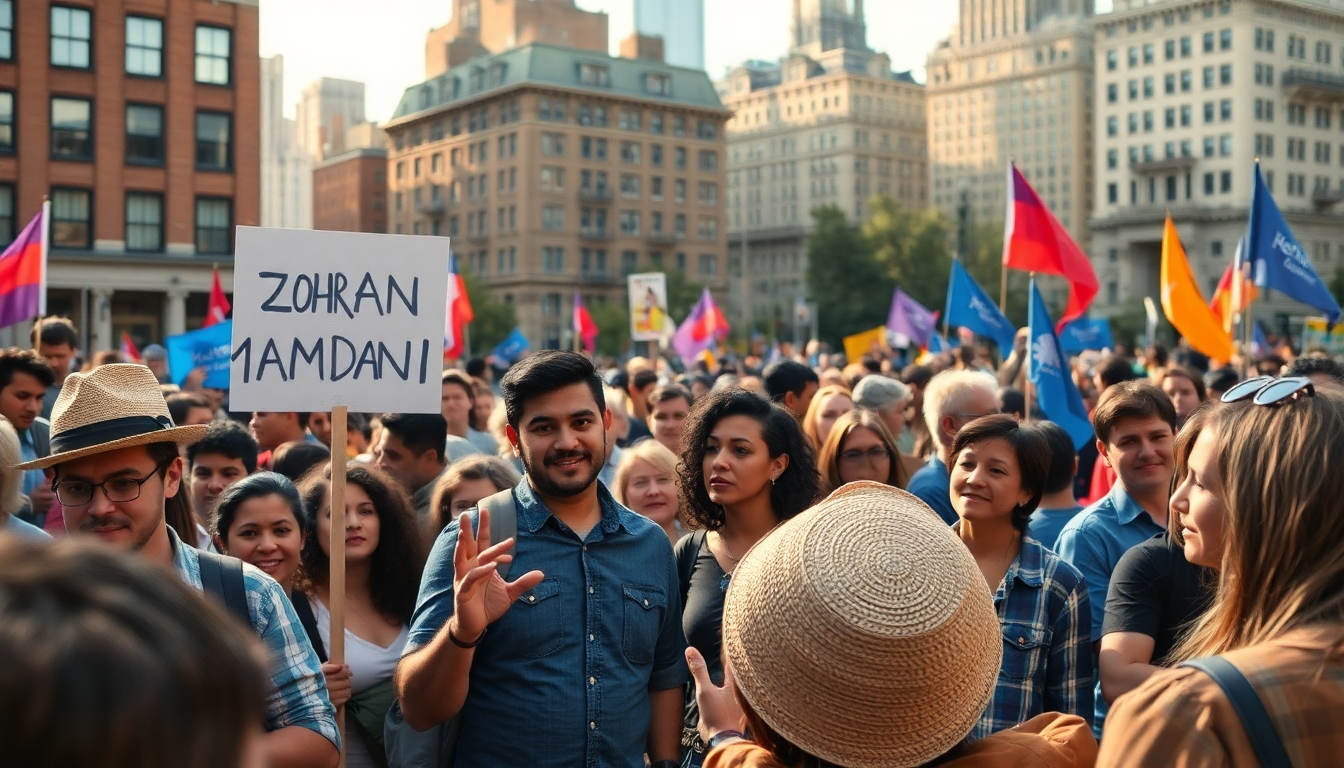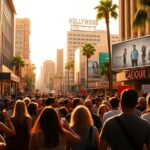Table of Contents
In a striking development in New York City’s political landscape, Zohran Mamdani is making waves as a leading contender in the Democratic mayoral primary. This shift is not just about numbers; it reflects a significant transformation in the dynamics of the race.
Backed by a robust coalition of progressive and younger voters, Mamdani—a 33-year-old state assembly member from Queens with Ugandan heritage—could very well become the first Muslim mayor of the nation’s largest city. What does this mean for the future of New York? It’s a testament to changing voter sentiments and a clear signal of the Democratic Party’s shift towards policies that resonate with the city’s diverse population.
Political Landscape and Voter Sentiment
So, what fueled Mamdani’s rise in the Democratic primary? His campaign successfully energized younger voters, a demographic that’s increasingly calling the shots in elections. By focusing on progressive issues—like abolishing transit fares, offering free tuition at the City University of New York (CUNY), freezing rents on municipal housing, and providing free childcare—Mamdani struck a chord with many who are feeling the economic pinch, especially in the wake of the pandemic.
Isn’t it fascinating how the right issues can mobilize an entire generation?
Even former Governor Andrew Cuomo took notice. At an election night gathering, he acknowledged the savvy campaign strategy Mamdani employed, highlighting not just his political acumen but also the shifting tides within the Democratic Party.
Mamdani is challenging traditional political norms, advocating for a platform that prioritizes working-class needs over corporate interests. Can we expect more candidates like him to rise?
The race’s complexity is heightened by multiple candidates and a ranked-choice voting system, allowing voters to express preferences among various hopefuls.
This dynamic can benefit candidates who successfully build coalitions and consolidate support. A prime example is Mamdani’s cross-endorsement with New York City Comptroller Brad Lander, which reinforced their joint base against Cuomo. How will these alliances play out as the race progresses?
Understanding the Primary Results and Future Implications
As the unofficial results began to roll in, it became clear that Mamdani had gained significant traction against Cuomo, previously seen as the frontrunner. But what do these primary results mean for the Democratic Party’s future? Political analysts suggest that Mamdani’s potential victory could signal a shift toward a more progressive platform, one that may resonate with a broader base of voters in future elections. Isn’t it exciting to think about how this could reshape party politics?
Endorsements from heavy hitters like Rep. Alexandria Ocasio-Cortez and Sen. Bernie Sanders have further bolstered Mamdani’s campaign, presenting a united front among progressive leaders. Their support not only solidified backing from progressive voters but also underscored the urgency for new leadership that addresses pressing city issues. What kind of impact could this have on future elections?
On the flip side, Cuomo’s campaign faced challenges, especially regarding his past leadership during crises like the COVID-19 pandemic. His attempts to label Mamdani as inexperienced fell flat with many voters, revealing a disconnect between traditional political tactics and the current demands of the electorate. Will this be a wake-up call for established politicians?
Looking Ahead: What the General Election Holds
As Mamdani gears up for the general election, he’ll be pitted against Curtis Sliwa, the Republican nominee, and incumbent Mayor Eric Adams, who is running as an independent. The stakes are monumental—not just for the candidates, but for the very future of New York City. The outcome could set a precedent for how progressive policies are implemented at the municipal level. Isn’t it remarkable how one election can shape an entire city’s future?
The coming months are crucial as Mamdani works on his strategy for the general election, aiming to unite progressive voters while also appealing to moderates who might be hesitant about his platform. The political landscape in New York City is evolving rapidly, and Mamdani’s ability to navigate these complexities will be key in translating his primary success into a general election victory. How will he balance those competing interests?
In conclusion, Zohran Mamdani’s rise in the New York City mayoral race is not just a personal victory; it represents a potential turning point for the Democratic Party. As the city faces critical issues like housing, education, and public safety, embracing progressive policies could redefine governance in one of the world’s most influential cities. Are we witnessing the dawn of a new political era?





